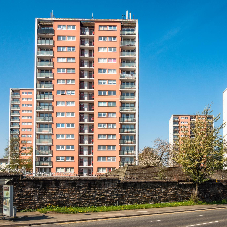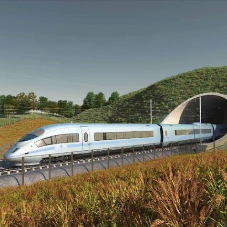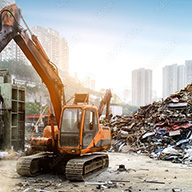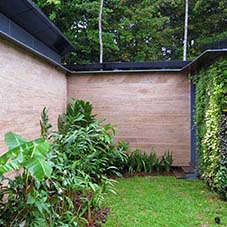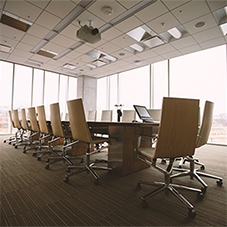Anyone working in or around construction will know all about the Government’s commitment to sustainable construction from their “Building a better quality of life” document. The document outlines the wider UK construction strategy and the planned changes to building regulations. With targets such as new-non domestic buildings to be Zero carbon by 2019 getting ever closer, and the pressure to comply with new sustainable initiatives set out by the government growing, what can the industry expect this year?
Well firstly, it might be time for those companies who haven’t thought ahead with regards to new deadlines and pressures, to start doing so. Recent reports indicate that whilst some companies have thought ahead, knowing that a drive to more sustainable construction was inevitable, the majority have only taken a compliance driven approach, consequently missing out on work.
This year will see ‘The Building Research Establishment's Environmental Assessment Method (BREEAM), become more prominent in the UK. This is an obvious sign that sustainability should be one of the most important factors engineers, architects and construction companies should be considering when working on new projects.
Industry professionals can expect the targets and aims for sustainability to be enforced more strongly than ever this year. There may have been a feeling from those working in the industry that targets set from the Government will inevitably be put back, as deadlines become unobtainable and unrealistic. However, with the election coming up this May, the Government will want to see that progress is being made, so they can confidently state they are on track to achieve the zero carbon targets for 2019, for example.
2015 will also see checklists and documents available to design teams to use right the way through the construction process, and it is essential they are used. Holistic environmental assessment tools have been developed: SPeAR, BREEAM Offices, Retail and Industrial, EcoHomes, CEEQUAL (civil engineering), Bespoke BREEAM for one-off projects, and the 'Sustainability Checklist for Developments'. All of these applications set a benchmark for site and building performance.
Since the Government launched its ‘strategy for sustainable construction’ in 2008, each year that has passed has seen targets shift, new processes introduced and new challenges for the industry to face. With events such as Ecobuild now a regular occurrence, and many support tools available, the industry should be confident it can meet the sustainable challenge head on. 2015 will see more advancement in sustainable construction, and new and innovative ways of ‘going green’. This year will bring new challenges, maybe some unexpected ones, but the industry is certainly geared up to be super in sustainability.
Useful links:
• The challenges that are facing sustainable construction This blog post highlights the key issues facing sustainable construction
• Advantages & disadvantages of Greenfield & Brownfield sites More on what to consider when building on Greenfield or Brownfield sites
Related Blog Articles


